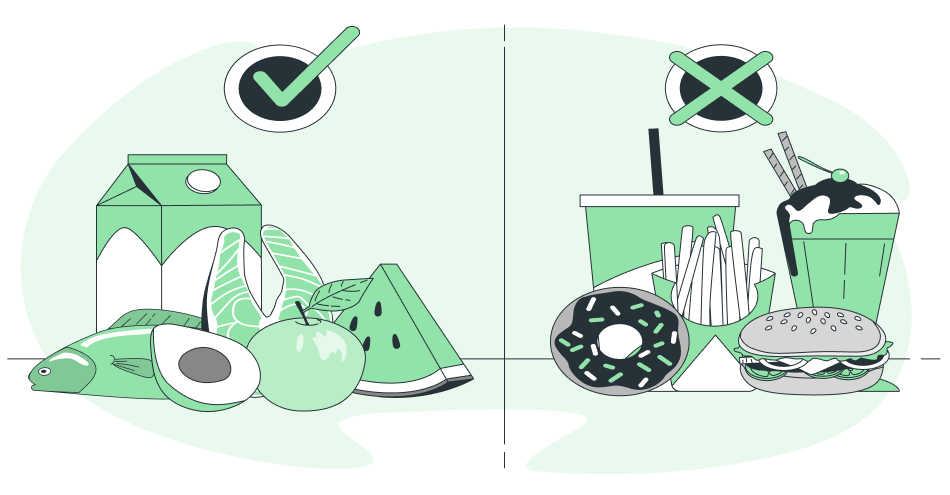Low sodium diets are an important aspect of maintaining overall health and well-being. High sodium intake has been linked to various health risks, including hypertension, heart disease, and stroke. This article aims to provide a comprehensive guide to low sodium diets, including information on understanding sodium, low sodium food options, food labels, dining out, health benefits and risks, as well as frequently asked questions.

Understanding Sodium
Sodium is an essential nutrient that plays a vital role in maintaining fluid balance and nerve function in the body. However, excessive sodium intake can have detrimental effects on health. The recommended daily sodium intake for adults is generally around 2,300 milligrams (mg), but it may vary depending on individual health conditions and circumstances. It is important to be aware of the sources of sodium in the diet, which include processed and packaged foods, condiments, and even some medications.
Low Sodium Foods and Ingredients
When following a low sodium diet, it is crucial to be aware of the food options that are naturally low in sodium. Here is a list of low sodium foods across different categories:

Meats
• Lean cuts of poultr, such as skinless chicken or turkey breast.
• Fresh fish and seafood.
• Unprocessed cuts of beef or pork.
• Eating low sodium meats provides essential nutrients like protein while reducing sodium intake.

Vegetables
• Leafy greens like spinach, kale, and lettuce.
• Cruciferous vegetables such as broccoli, cauliflower, and Brussels sprouts.
• Colorful vegetables like bell peppers, carrots, and tomatoes.
• Low sodium vegetables offer a wide range of vitamins, minerals, and fiber while keeping sodium intake in check.

Bread
• Whole grain bread without added salt.
• Bread made with potassium chloride as a substitute for sodium.
Choosing low sodium bread options can be beneficial for those looking to reduce their sodium intake.
In addition to low sodium foods, there are alternative ingredients that can help reduce sodium in recipes, such as herbs, spices, vinegar, and citrus juices. These ingredients add flavor without relying on excessive salt. It is also important to learn cooking tips for using low sodium ingredients effectively.
Low Sodium Food Labels and Products
Understanding food labels is essential for identifying and choosing low sodium products. The Food and Drug Administration (FDA) provides guidelines on food labeling, including sodium content. When grocery shopping, it is important to carefully read the nutrition facts panel and ingredient list to determine the sodium content of a product.
There are various low sodium food products available in the market, catering to individuals following a low sodium diet. Some examples include low sodium bread, snacks, and other packaged goods. These products are often labeled as “low sodium” or “reduced sodium.” They can be beneficial for individuals who want convenient options that fit into their low sodium dietary needs.
Dining Out: Low Sodium Food Options
Maintaining a low sodium diet can be challenging when eating out at restaurants. However, with some strategies, it is possible to find low sodium options. Here are some tips for dining out:
- Research restaurants in advance and look for those that offer low sodium menu items or accommodate special dietary needs.
- Communicate with the restaurant staff about your dietary restrictions and ask for low sodium alternatives or modifications.
- Choose dishes that are grilled, steamed, or baked, as they are often lower in sodium than fried or heavily seasoned options.
- Be cautious of sauces, dressings, and condiments, as they can be high in sodium. Request them on the side or choose low sodium alternatives.
There are also specific restaurants known for offering low sodium meals. These establishments prioritize healthy options and provide alternatives for those seeking to reduce their sodium intake.
Empowering Individuals with Knowledge and Strategies for Low Sodium Diets
Understanding the basics of sodium is essential when embarking on a low sodium diet. Sodium 101 is a comprehensive resource that provides valuable information and practical tips for reducing sodium intake. This Canadian initiative aims to educate consumers about the impact of sodium on health and offers resources to assist in monitoring and managing sodium consumption.
Sodium Working Group
The federal Sodium Working Group is actively advocating for measures to reduce sodium in the public’s diet. Their efforts include encouraging food manufacturers to decrease sodium content in processed foods and promoting awareness among healthcare professionals and the general public. By implementing modest yet practical measures, the Sodium Working Group strives to improve public health outcomes.
Sodium 101 App
To facilitate sodium monitoring and dietary management, the Sodium 101 initiative has developed a convenient app available for iPhone and iPad users. This free app enables users to track their sodium intake, access low sodium recipes, and make informed decisions when grocery shopping or dining out. The app serves as a valuable tool in promoting a low sodium lifestyle.
Additional Resources
In addition to the Sodium 101 app, there are various online resources available to assist individuals on low sodium diets. Websites such as www.sodium101.ca and www.lowersodium.ca provide comprehensive information, educational materials, and recipe ideas for individuals seeking to reduce their sodium intake. These resources can empower individuals to make healthier food choices and improve their overall well-being.
Health Benefits and Risks of Low Sodium Diets
Following a low sodiumdiet can have several health benefits, particularly related to blood pressure and cardiovascular health. By reducing sodium intake, individuals may experience a decrease in blood pressure, lowering the risk of hypertension and related complications. A low sodium diet can also support heart health by reducing the strain on the cardiovascular system.
However, it is important to strike a balance when it comes to sodium intake. Excessively low sodium intake can have potential risks, including electrolyte imbalances and hyponatremia. It is essential to consult with a healthcare professional or registered dietitian to determine the appropriate level of sodium restriction based on individual health needs.
